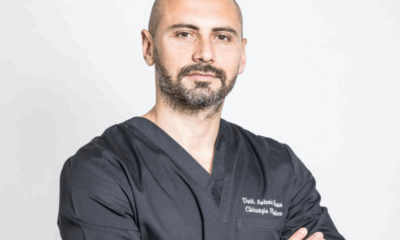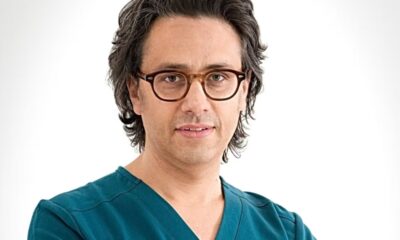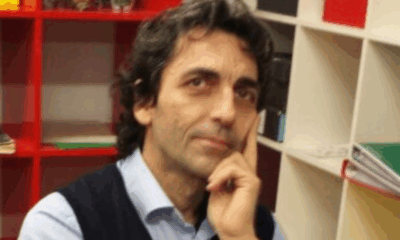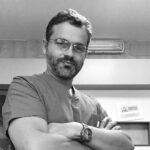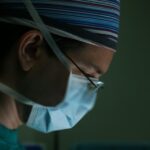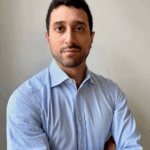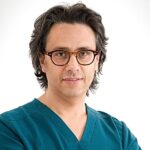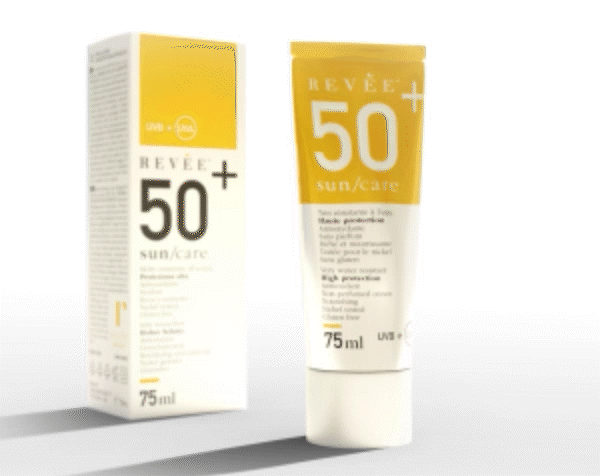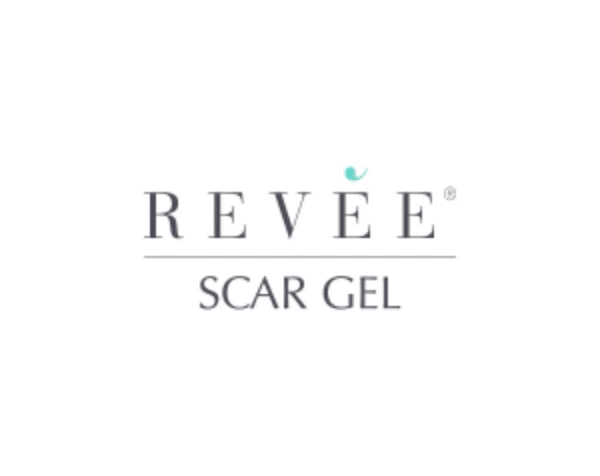Medical doctors and Surgeons
Facial nerve paralysis, doctor Borsetti defines causes and rehabilitation
«What surprised me was seeing patients coming to me after having wandered months, years trying to get answers from specialists»
MD MARCO BORSETTI, SPECIALISING IN PLASTIC AND RECONSTRUCTIVE SURGERY AND HEAD OF THE SURGERY OF THE HAND AND MICROSURGERY CLINIC.
Facial nerve paralysis is an underrepresented pathology which has extremely severe consequences on the lives of affected people. Patients with the disease lose control of their facial muscles, preventing them from expressing their emotion through facial mimicry. Doctor Marco Borsetti, specialising in plastic and reconstructive surgery and head of the Surgery of the Hand and Microsurgery clinic, has been treating facial nerve paralysis for years, helping patients in their healing journey.
Facial nerve paralysis, what is it and how does it develop
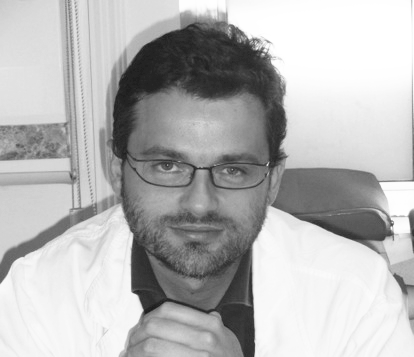
«Facial nerve paralysis is a niche pathology, however it is more widespread than it seems» Borsetti says. Causes of the disease are varied. A good part comes from surgical operations that target facial tumours. For example, when the acoustical nerve is stricken by cancer, the surgery for removing it may sometimes require damaging the facial nerve. This is especially true when cancer is in an advanced stage. Recovery may be spontaneous; at times, however, patients have to get specific treatment. Trauma damage can also cause facial nerve paralysis, such as severe cuts on the face procured by sharp edges.
«The most frequent cause, however, is the one we call idiopathic paralysis. It is a complex name that indicates an unknown root of the disease. In some patients, facial nerve paralysis is sudden and lacks a specific cause» the specialist says, highlighting how facial muscle and the way they are governed by the brain are still a small mystery. «Facial mimicry is incredibly complex and it is the way we relate to the world. It is a subtle equilibrium of minuscule muscles commanded by the brain in a spontaneous, rapid and dynamic way».
Nonetheless, Borsetti explains that medical science made a lot of progress in the nerve paralysis field. New technologies and cutting-edge tools allow incredibly precise surgical interventions, executed with the help of a microscope thanks to which the surgeon has a perfect visual of nerves and muscles. «We are getting to the point where we can restore a spontaneous smile, which was the problem with the old surgery techniques» says with pride.
Treatment and rehabilitation, how much time has to pass before patients can smile again?
«Facial nerve paralysis is a no-man land, involving different fields, meaning that treatment requires the help of ophthalmologists, otolaryngologist, plastic surgeons, neurologists and neurosurgeons» Borsetti explains, underlining that in Italy a definite standard is still missing. It is for this very reason that he opened a clinic dedicated to helping people with this pathology. His objective is that of leading them in a healing journey, from the beginning to the end. The clinic «is a multidisciplinary structure where we can give patients a clear and immediate answer, giving them the opportunity to return home with all the information they need about the problem».
To choose the right kind of surgery, Borsetti talks and listens to each patient’s needs, as there are two types of operation that can be pursued. The first and simple one is called static reconstruction and guarantees the symmetry of the visage while resting. Slings are applied to support the muscle; however these slings cannot restore the full range of expression of patients. The second operation is called dynamic reconstruction, and is suited for younger patients who are more prone to accepting a long rehabilitation time. In this case, the patient’s own muscle tissue is transferred to the face, which then has to be innervated using high precision tools. These procedures are extremely invasive, but at the same time safe and pinpointed. Using the patients’ own tissues eliminates the risk of rejection. «What’s hard about facial nerve paralysis is to understand the better thing to do, and then make the patient understand it too, as it has to be a shared choice,» the surgeon explains.
Rehabilitation after a facial nerve paralysis surgery varies from 1-2 days in the case of static reconstruction, up to 6 months in the case of dynamic reconstruction. For static reconstruction, «the patient comes out from the operating room with the expected results, and after a brief hospitalisation they can already see the difference» Borsetti supports. «On the other hand, when there is a transfer of muscles that had to be innervated, the rehabilitation time is up to 6 months, as the anastomosis of the nerves [ndr. the artificial suture between nerves] needs a lot of time to return functional». Nerves are composed by an external sheath which is the one that is sutured. Internal parts, however, grow at a rate of 1mm per day, so patients need to wait before they can appreciate the results.
The story of Veronica, 13 years later she can live again
«The majority of patients are psychologically burdened» Borsetti says. In fact, facial nerve paralysis prohibits people from communicating normally, as facial mimicry is central when trying to express emotions and desires. Moreover, a non-standard appearance sadly tends to make other people uncomfortable. It is for this reason that doctor Borsetti is convinced that to treat paralysis is to improve not only the visage, but also the psyche of the patient, helping them overcome the unfairness of their condition.
A particular case really picked Borsetti’s curiosity. Veronica is a woman who suffered a traumatic injury when she was 18, which then led to facial nerve paralysis. «She had led an isolated life for some years, and she couldn’t build strong relationships with other people» , Borsetti explains. «When she came to the clinic we operated on her with a microsurgical transfer of the gracilis muscle [ed. A muscle of the thigh] and a series of ancillary procedures. It is one of those cases that fully repay you of the effort, because after the operation she said that we had changed her life and restored her happiness: she found a job and made some friends» the surgeon proudly concludes.
In the end, facial nerve paralysis is a pathology which is underrepresented yet, even if it has severe debilitating effects on people. MD Marco Borsetti opted to help patients going back to society, restoring them the smile they were denied.




